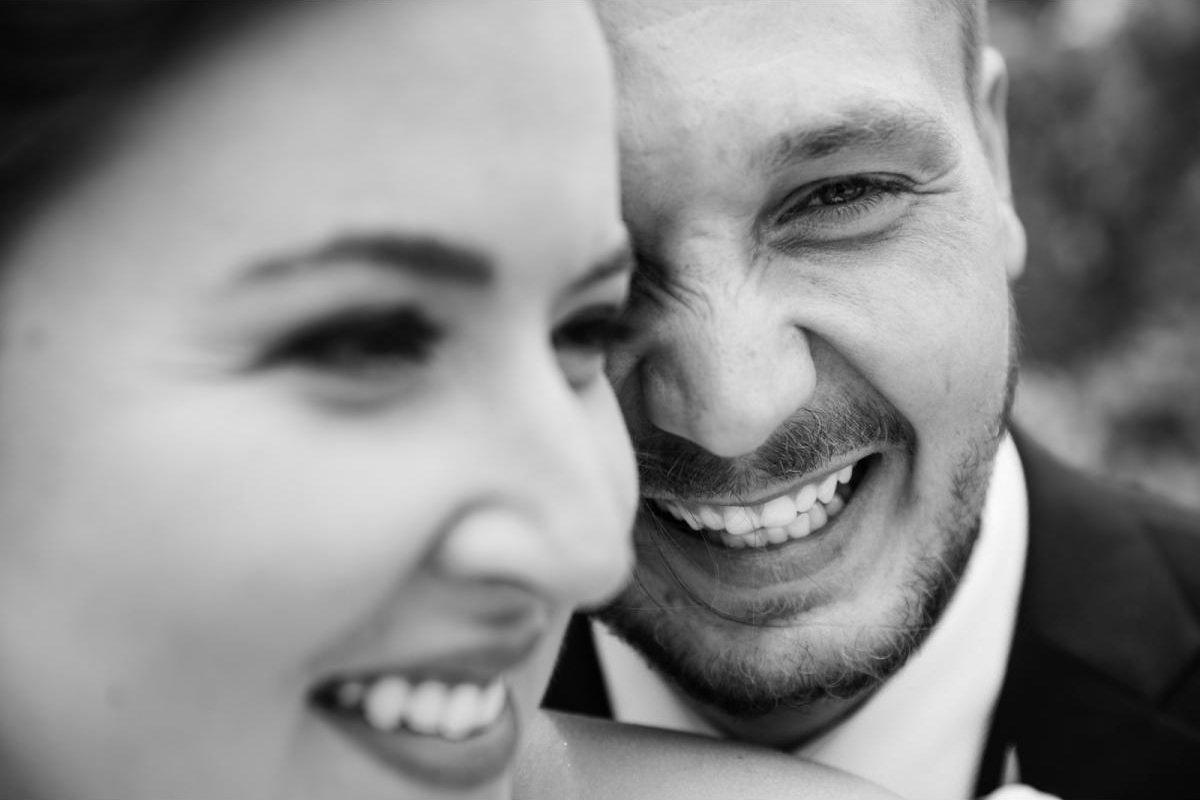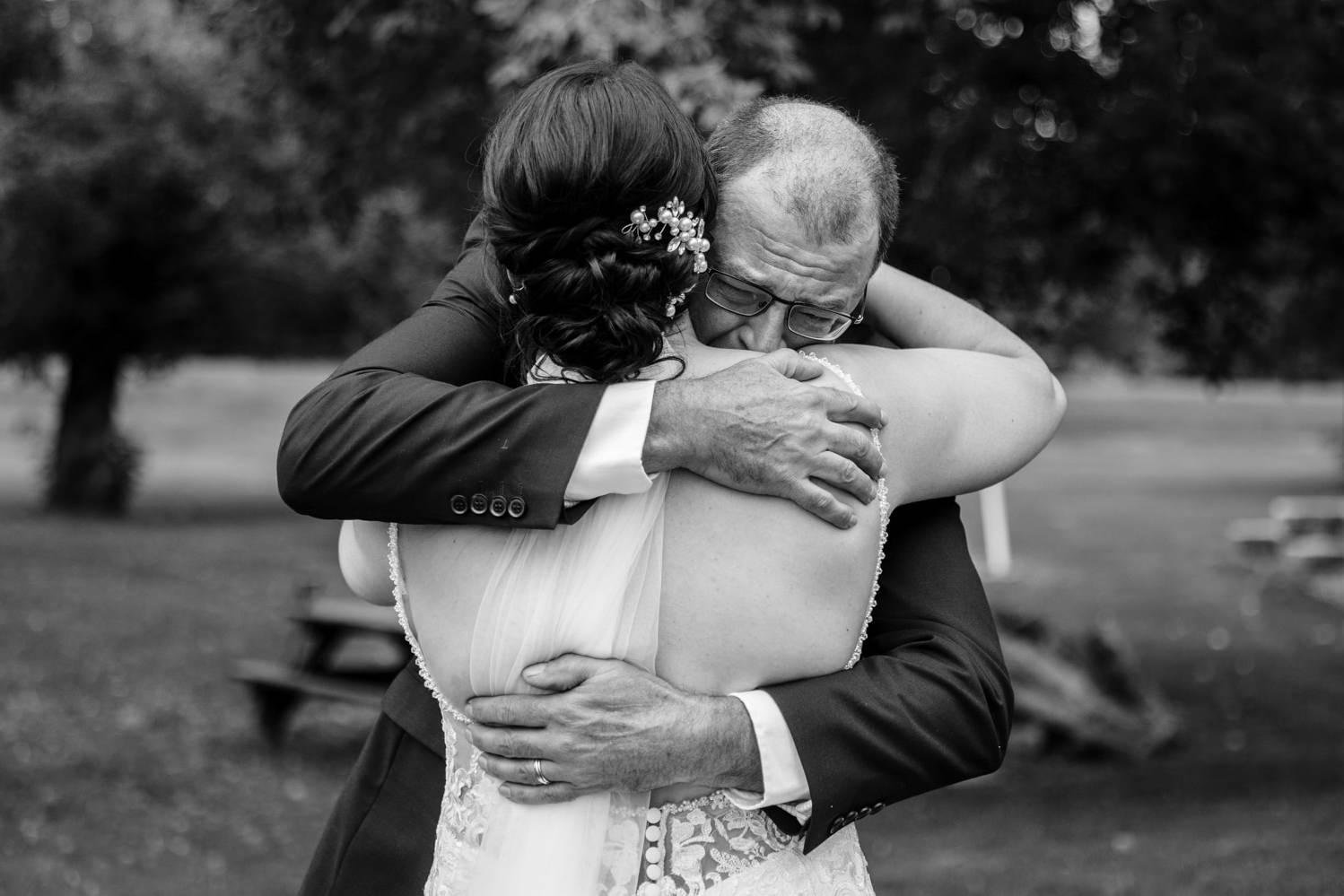Why do we tear up when we see someone else cry—even in a photo? It’s not just empathy. It’s your brain’s built-in response system—and wedding photography taps into it.
From shared laughter to silent tears, weddings are full of high-stakes emotional moments. And when photographers capture them with honesty and sensitivity, those expressions don’t just tell the story of the day—they pull us into it. This phenomenon is known as emotional contagion, and it’s a powerful part of how our brains experience images.
Here’s how it works—and why close-up facial expressions in wedding photos are some of the most neurologically resonant images we can experience.

1. What Is Emotional Contagion?
Emotional contagion is the brain’s tendency to mirror the emotions of others, especially through facial expressions.
- It’s mediated by mirror neurons, which fire when we observe someone else’s emotional state.
- It happens automatically—we don't choose to feel it.
- It’s strongest in close relationships, but also occurs through media, especially imagery that’s emotionally clear and authentic.
Photographs that capture real, raw facial expressions can trigger instant emotional resonance—even in viewers who weren’t there.
2. The Brain on Facial Expression
Your brain has dedicated neural architecture for reading faces:
- The fusiform face area (FFA) helps us recognize faces instantly.
- The superior temporal sulcus (STS) interprets gaze, emotion, and movement.
- The amygdala processes emotional salience—especially distress, joy, and connection.
This is why, when we see a close-up of someone laughing or crying in a wedding photo, we often feel a sympathetic emotional shift—even across time and space.

3. Why Wedding Photos Are Especially Prone to Contagion
Weddings are filled with heightened, sincere emotional expression:
- Happy tears during vows
- Nervous anticipation just before a first look
- Uncontained joy on the dance floor
- Quiet grief for those who are missing
These aren’t posed emotions—they’re real. And when photographed skillfully, they engage the viewer’s limbic system and invite participation in the emotional narrative.
4. The Power of the Unseen Tear—or Unspoken Smile
Not all emotional expressions are loud. Sometimes it’s the quiet micro-expression that hits hardest.
- A parent looking on with pride
- A partner’s soft smile in the background
- A friend’s face just before they cry
These subtle cues often trigger more sustained emotional responses, as the brain leans in to “complete the story.”
Photographers who capture these moments help viewers feel like insiders, not observers.

5. Why Couples React So Strongly to Their Own Photos
When couples view images of themselves experiencing powerful emotion:
- Their brains relive the event, activating memory and emotional networks simultaneously
- They also respond to their own facial expression, triggering self-empathy and deeper understanding
- This is part of why people often cry when they see their wedding gallery—it’s not vanity, it’s emotional reprocessing
Wedding photos don’t just show what happened—they help couples reintegrate and re-experience what they felt.

6. What This Means for Photographers
Understanding emotional contagion can help photographers:
- Anticipate the most emotionally charged moments
- Prioritize face-focused imagery, especially in intimate scenes
- Recognize that how people feel in the photo matters more than the pose
- Edit in a way that preserves micro-expressions and natural affect, not just polish
Because the most powerful wedding photos aren’t always perfect—they’re emotionally contagious.
Related Reading in This Series:
- The Neuroscience of Wedding Photography
- What Happens in the Brain on a Wedding Day?
- Why Photographs Trigger Memory (and Emotion) So Powerfully
- How Nostalgia Works—and Why Wedding Photos Tap Into It
- The Role of Oxytocin in Love, Touch, and Remembering
- The Photographer as Emotional Interpreter
- What the Brain Remembers vs. What the Lens Sees